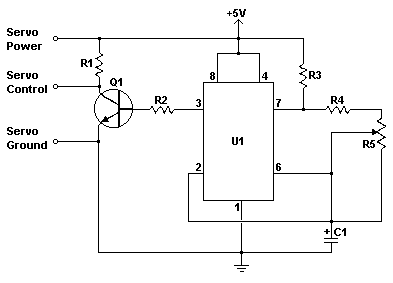Some time back I subscribed to an RSS feed from this site before I knew anything about it, anyway today a link came in to this post which I found quite interesting:
http://www.digitalhome.ca/forum/showthread.php?p=2021770#post2021770
It begins this way:
I was just mentioning a day or two ago that when I buy a new receiver (hopefully once the ice age ends here) I will probably need to buy a new feedhorn/LNB and I was definitely going to buy one of the Chinese-made ones, not because I think Chinese quality is always the greatest, but that's about the only thing you can get for a reasonable price these days. But as far as I know there is really nothing wrong with my existing feedhorn and LNB's, since they worked with my old Diamond receiver. So I would be in the same boat as the author of that post, except that I don't build hardware (unless maybe it's something VERY simple, and this doesn't look VERY simple to me).
It doesn't look like he has any desire to make commercial units or even extra PC boards, so I think I am out of luck, but I thought maybe those of you that are into building stuff might want to take a look at this, particularly if you are like me and don't have a money tree growing in the back yard. Or if you think you might have any interest, you might want to download the diagrams and plans, just to have them if you ever need them.
On the other hand, there is a part of me that thinks that maybe the Chinese feedhorn/LNBs aren't THAT bad, particularly when compared with the relatively higher degree ratings of the older technology LNB's. I understand the nostalgia of looking at an old Chaparral feedhorn and comparing the aesthetic of that to some cheap-appearing thing in white plastic, but can we realistically say that the new voltage-switched units with lower degree ratings are really any worse in actually receiving signals? Don't know but I guess I will find out.
http://www.digitalhome.ca/forum/showthread.php?p=2021770#post2021770
It begins this way:
This circuit is used to convert the 14V/18V (Vert/Horiz) LNB voltage from a typical DVB satellite receiver to a servo pulse, in order to move the servo motor in a servo based C/Ku feedhorn. This along with a DMSI VBox7 to move the actuator eliminates the need to use an old analog receiver to move your old BUD dish, while maintaining the original performance of the Feedhorn electronics. Some people advocate replacing the Feedhorn with a more recent made in China Feedhorn using LNBFs. I do not think one can expect the same performance from any made in China feeds vs made in USA even if the Made in USA was designed 20-30 years ago. In a nutshell I think the recent made in china stuff is junk.
A much better solution would be to use a Chapparal ortho feed with separate H/V LNBs but that is quite expensive for residential C/Ku service (ie new C/Ku Ortho feedhorn plus 4 LNBs, 2 for each frequency band).
I had the VBOX7 in my system to control my actuator for about 6 months but in order to completely get rid of the old analog receiver from my system, I still needed a way to move the feedhorn's servo motor...
I was just mentioning a day or two ago that when I buy a new receiver (hopefully once the ice age ends here) I will probably need to buy a new feedhorn/LNB and I was definitely going to buy one of the Chinese-made ones, not because I think Chinese quality is always the greatest, but that's about the only thing you can get for a reasonable price these days. But as far as I know there is really nothing wrong with my existing feedhorn and LNB's, since they worked with my old Diamond receiver. So I would be in the same boat as the author of that post, except that I don't build hardware (unless maybe it's something VERY simple, and this doesn't look VERY simple to me).
It doesn't look like he has any desire to make commercial units or even extra PC boards, so I think I am out of luck, but I thought maybe those of you that are into building stuff might want to take a look at this, particularly if you are like me and don't have a money tree growing in the back yard. Or if you think you might have any interest, you might want to download the diagrams and plans, just to have them if you ever need them.
On the other hand, there is a part of me that thinks that maybe the Chinese feedhorn/LNBs aren't THAT bad, particularly when compared with the relatively higher degree ratings of the older technology LNB's. I understand the nostalgia of looking at an old Chaparral feedhorn and comparing the aesthetic of that to some cheap-appearing thing in white plastic, but can we realistically say that the new voltage-switched units with lower degree ratings are really any worse in actually receiving signals? Don't know but I guess I will find out.


